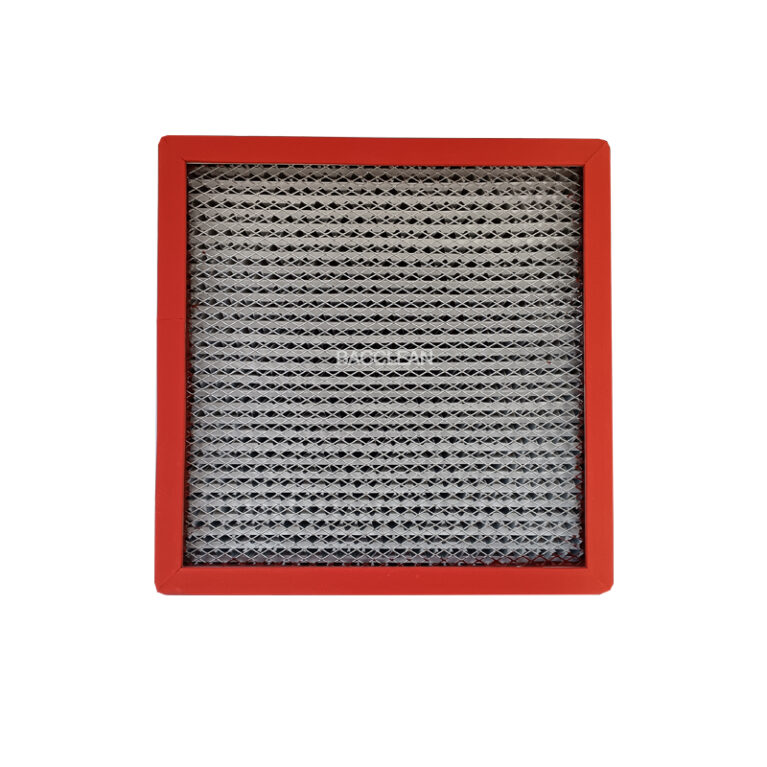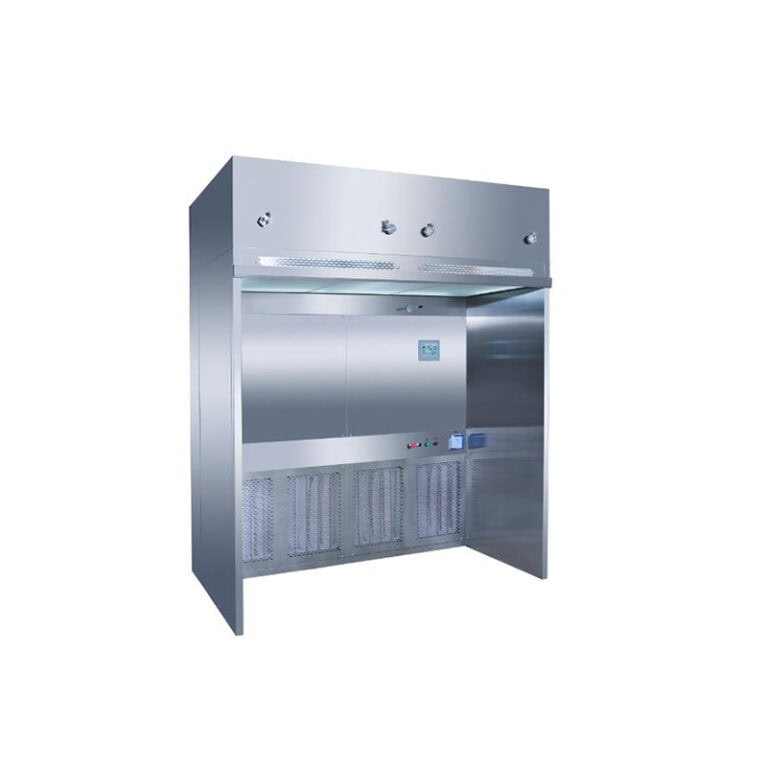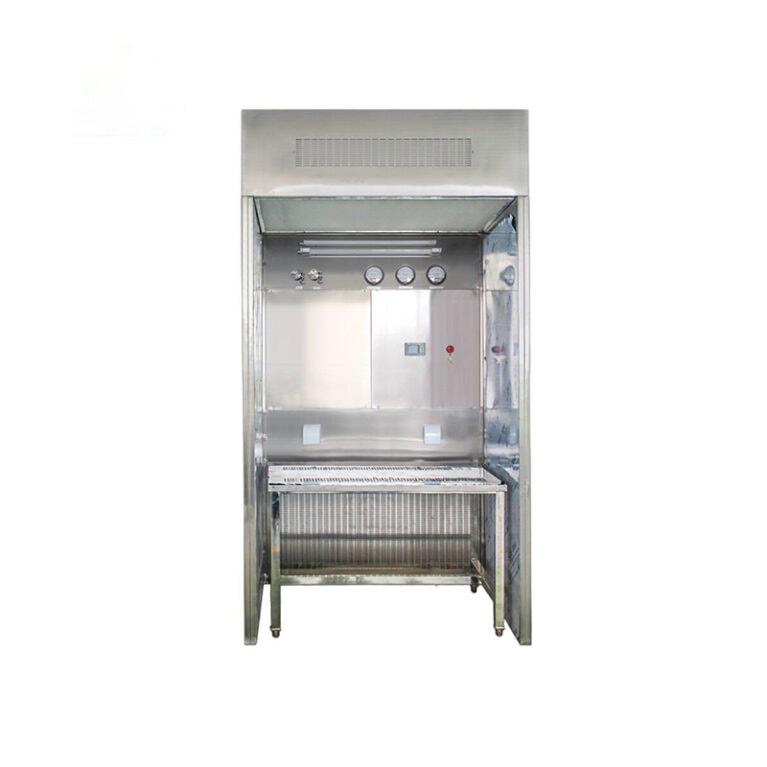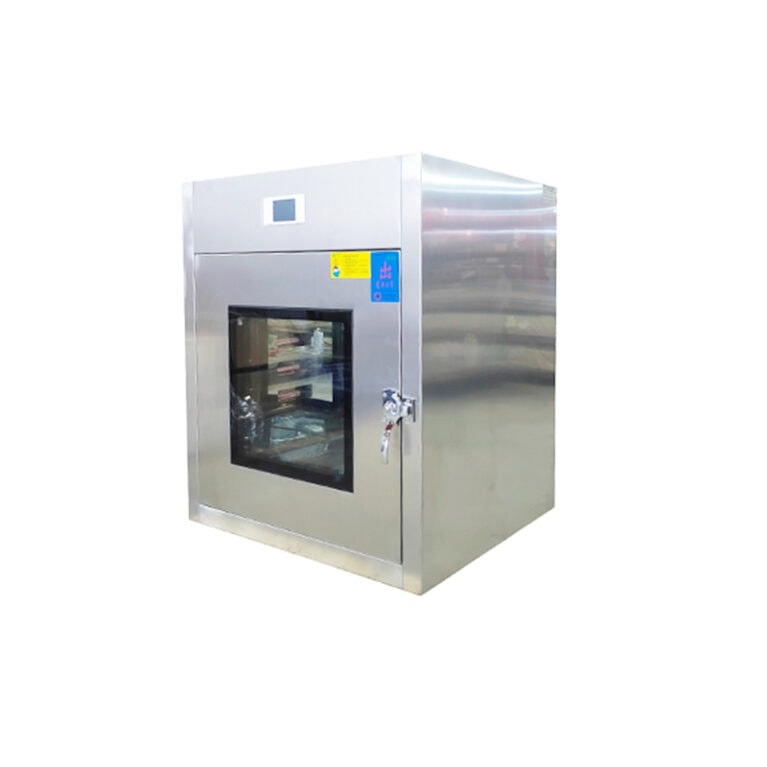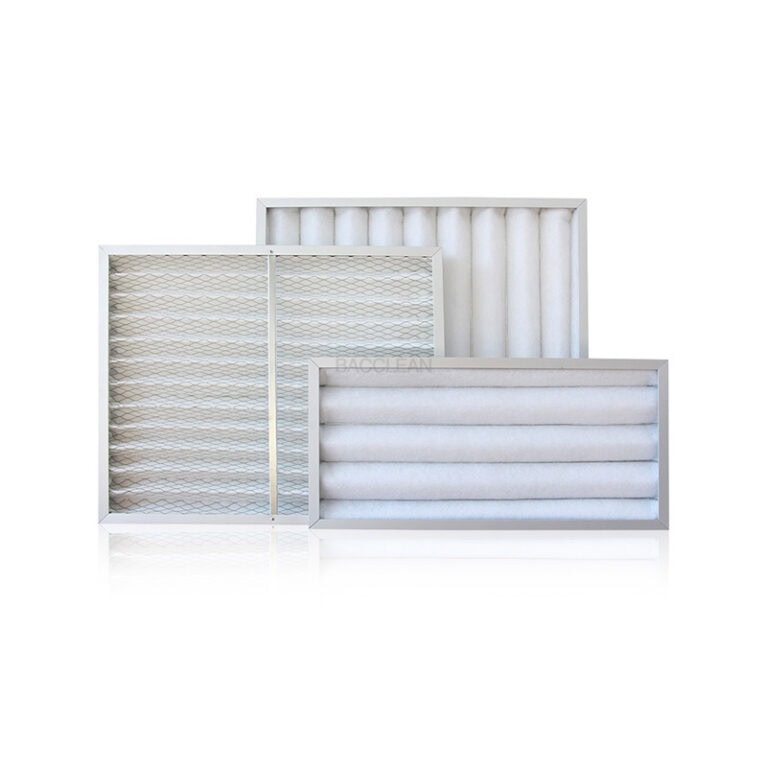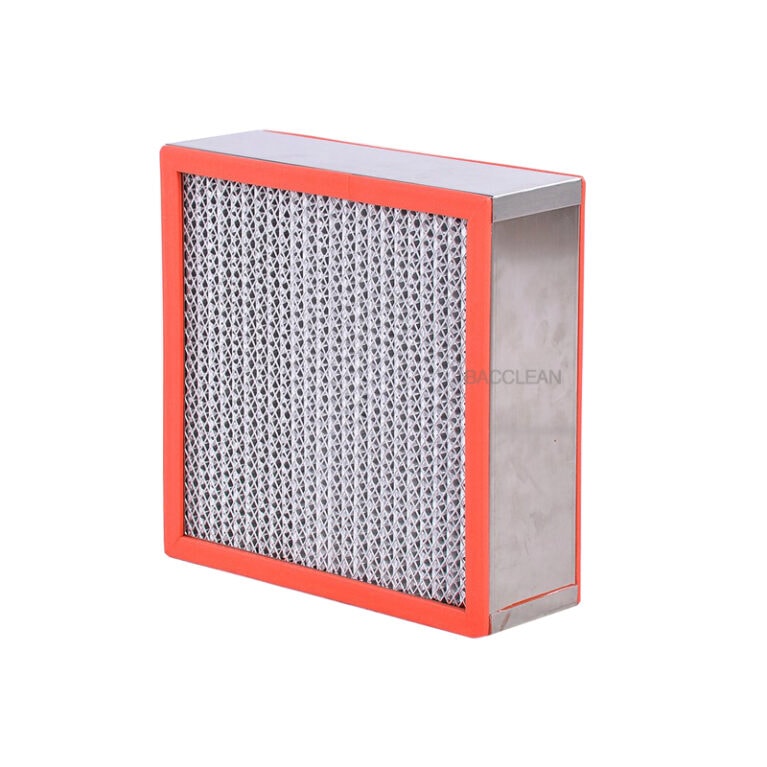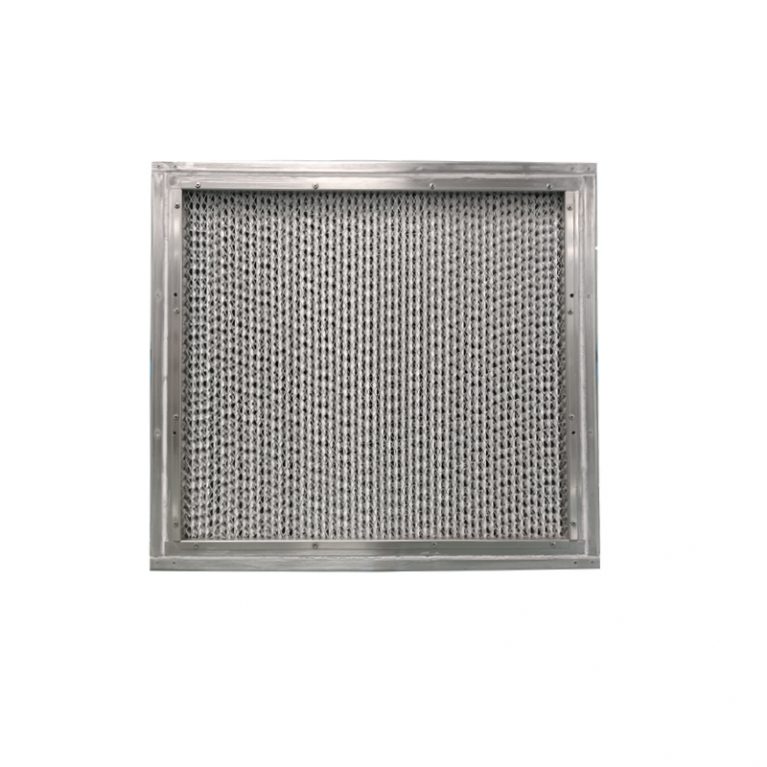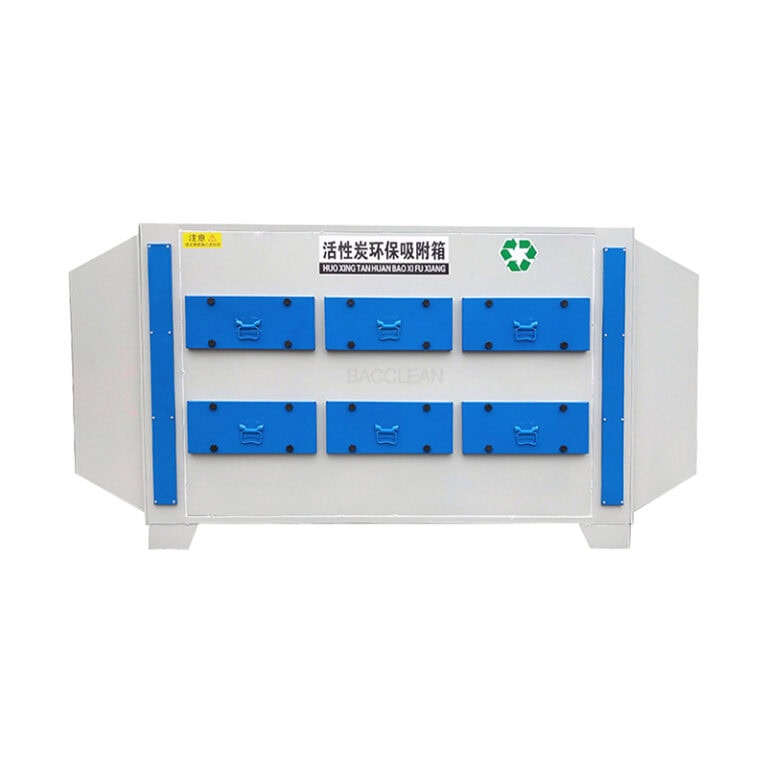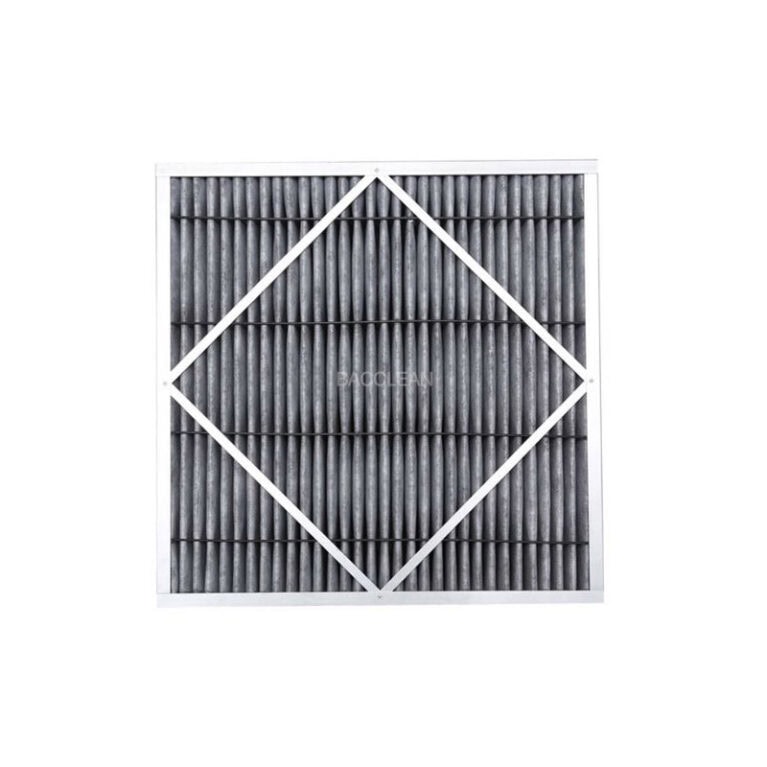Although laminar flow hoods and biosafety cabinets both fall under the category of air purification and protection equipment, they have significant differences in design purposes, airflow directions, protected objects, and application scenarios. The core difference lies in the emphasis on protection targets: Laminar flow hoods are mainly designed to “protect products/operation objects from contamination”, while biosafety cabinets are mainly designed to “protect operators, the environment and samples from cross-contamination”. The following are the specific differences:
1. Core functions and protection objectives
Laminar flow hood
The core function is to provide a local high-cleanliness environment, with a focus on protecting the operating objects (such as medicines, chips, food, etc.) from contamination by particles and microorganisms in the external environment.
The protection direction is unidirectional protection: Only the products/materials within the operation area are purified and protected, without specifically considering the protection of the operators or the external environment.
Biosafety cabinet
The core function is to achieve multiple protections, with a focus on safeguarding operators, the laboratory environment, and operation samples (such as microorganisms, viruses, toxic reagents, etc.), to prevent cross-contamination among the three.
The protection direction is bidirectional/three-directional protection: it not only prevents the sample from contaminating the environment and personnel, but also prevents the external environment from contaminating the sample (for some types).
2. Airflow Organization and Principles
Key design of the equipment airflow direction filtration system
The top supply air of the laminar flow hood (passing through HEPA/ULPA filters) → flows vertically and unidirectionally through the operation area → diffuses in all directions or is discharged downward (non-directional). Only high-efficiency filters are installed at the top to ensure that the air sent into the operation area is sterile and dust-free. The discharged air is generally not subject to special treatment (or simple filtration). The non-negative pressure design ensures that the airflow flows positively towards the operation area, preventing unfiltered external air from entering.
The external air of the biosafety cabinet enters through the front opening → mixes with the air in the operation area → after being filtered by the HEPA filter, part of it circulates back to the operation area (Class II), and part is discharged outward (requiring another layer of HEPA filtration). It should at least include an intake air filter and an exhaust air filter (dual filtration) to ensure that the discharged air is free of biological hazard factors. It is designed with negative pressure (the pressure inside the cabinet is lower than that outside) to prevent contaminants in the operation area from leaking into the external environment through the front opening.
3. Application scenarios
Laminar flow hood
It is suitable for scenarios where extremely high cleanliness of the product is required, but the operation object has no biological hazards or toxicity, such as:
Aseptic preparation filling and freeze-drying for box removal in the pharmaceutical industry;
Chip assembly and optical component production in the electronics industry;
Aseptic filling in the food industry, etc.
Biosafety cabinet
It is applicable to scenarios handling samples/materials with biological hazards, toxicity or infectivity, such as:
Microbiology laboratory (bacterial, viral, and fungal cultures)
Biological product research and development (vaccines, genetic engineering samples);
Clinical testing (processing of infectious disease samples)
Operations with toxic reagents or radioactive substances (some types).
4. Safety Standards and Classification
Laminar flow hood
It mainly follows the cleanliness standards (such as ISO 14644-1, GMP), and is classified according to the cleanliness grade (such as Class A, Class B). The core indicator is the particle concentration in the operation area (such as the number of particles ≥0.5μm).
Biosafety cabinet
In accordance with biosafety standards (such as NSF 49, GB 19489), they are classified into Class I, Class II (A1, A2, B1, B2), and Class III based on their protection capabilities:
Level I: Only protects personnel and the environment, not samples;
Level II: Protecting personnel, environment and samples (some types), the most widely used;
Class III: Fully sealed negative pressure cabinet, used for the highest-risk operations (such as virulent infectious disease pathogens).
Résumé
Comparison dimension laminar flow hood biological safety cabinet
The core objective is to protect the cleanliness of the product/operation object, ensure the safety of personnel, the environment and samples
Airflow characteristics: Positive pressure unidirectional flow, no negative pressure protection, negative pressure design, and directional filtration and discharge of airflow
The filtration system features single-stage top high-efficiency filtration for both intake and exhaust air, as well as dual high-efficiency filtration
The applicable objects are high-cleanliness requirements scenarios without biological hazards and operation scenarios with biological hazards
In short, if you need to “ensure that the product is not contaminated”, choose a laminar flow hood. If you need to “ensure the safety of personnel and the environment when handling dangerous samples”, choose a biosafety cabinet.
